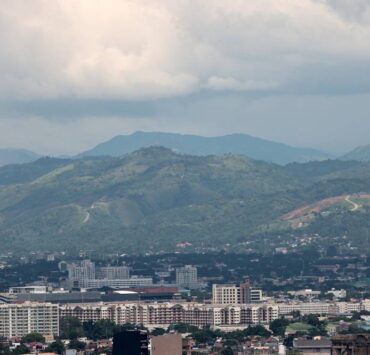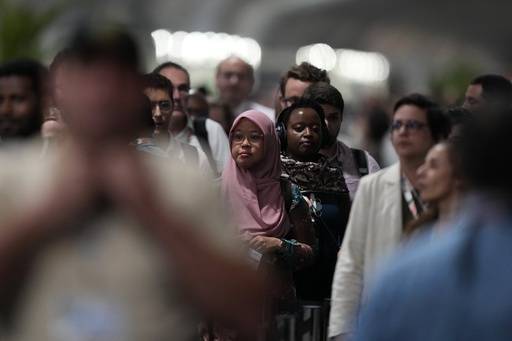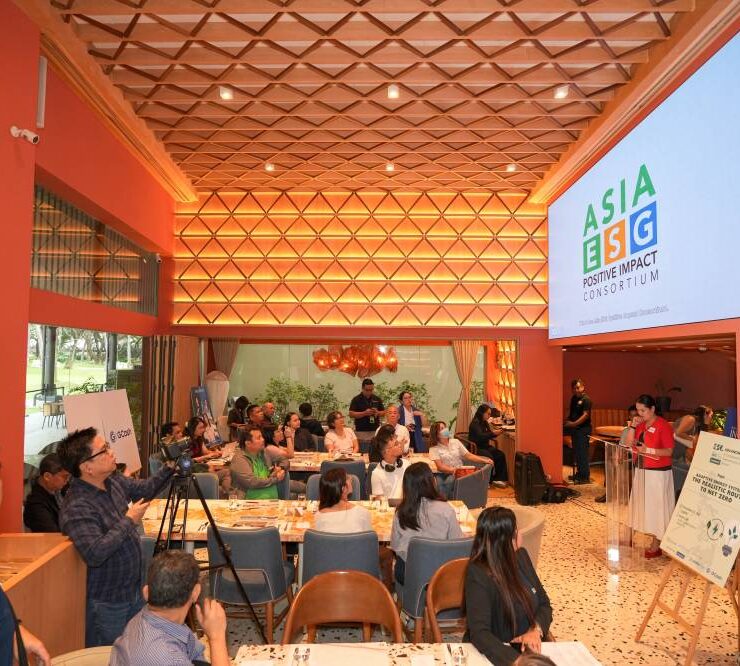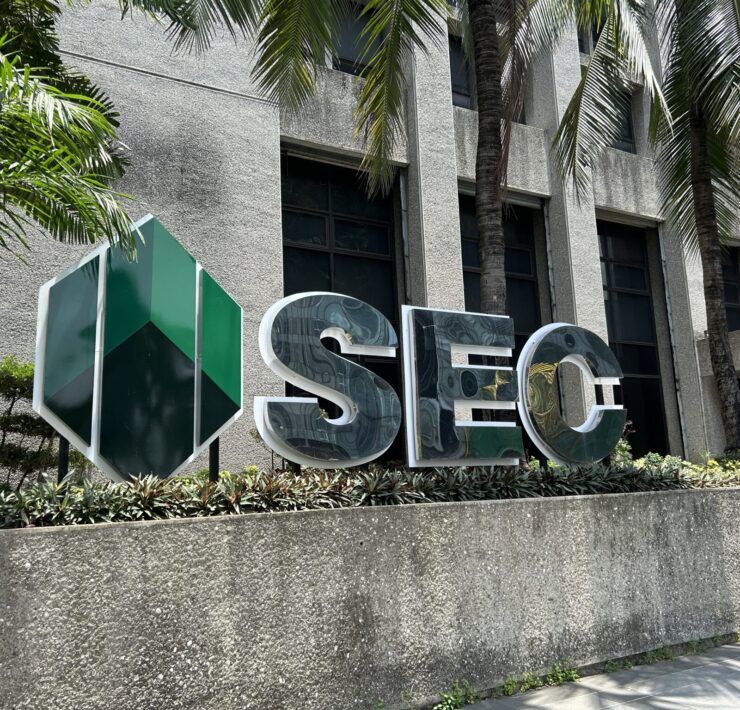Urban March: 70 percent of people to live in cities by 2050
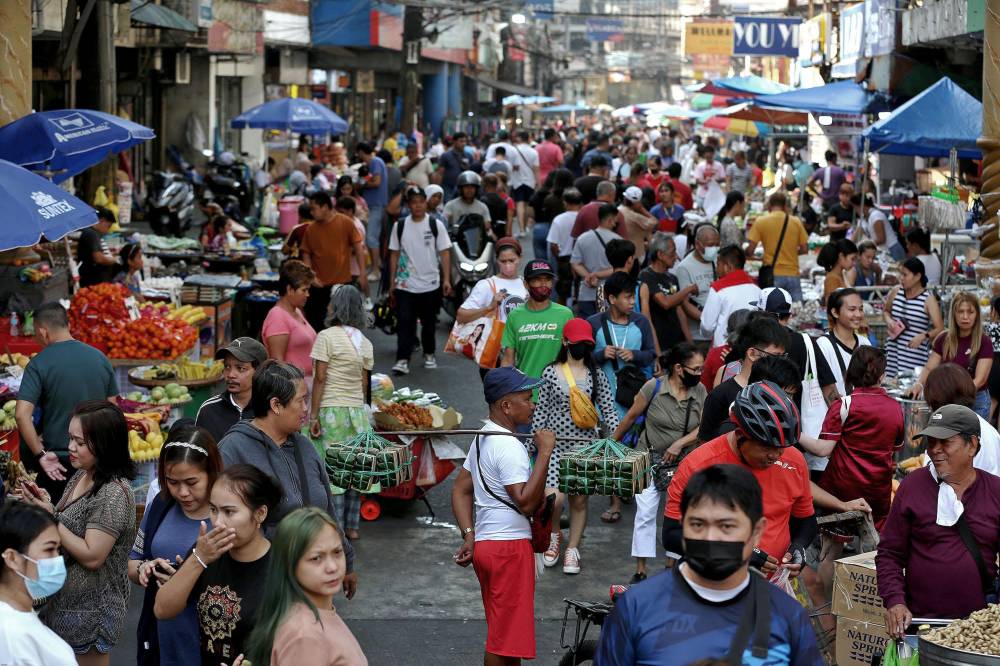
Goal 11 of the United Nations’ (UN) 2030 Sustainable Development Goals (SDG) is about making cities and human settlements inclusive, safe, resilient, and sustainable.
According to the UN, in 2008, for the first time in history, the global urban population outnumbered the rural population. Data from the UN also shows that the world’s population reached eight billion in 2022, with over half of the population living in urban areas. This figure is only expected to rise, with 70 percent of people expected to live in cities by 2050.
Cities are attractive settlement areas because they are hubs for commerce, culture, science, productivity, social interactions, and human and economic development. It is in cities where people seek opportunities for higher education and employment. And because cities use most of the world’s resources, the need to make them sustainable should be prioritized.
Most of the urban growth is taking place in small cities and intermediate towns, exacerbating inequalities and urban poverty. Urban planning, transport systems, water, sanitation, waste management, disaster risk reduction, access to information, education, and capacity-building are all relevant issues to sustainable urban development.

Approximately 1.1 billion people currently live in slums or slum-like conditions in cities, with 2 billion more expected in the next 30 years. According to the UN, at present, 85 percent of slum dwellers are concentrated in three regions: Central and Southern Asia (334 million), Eastern and South-Eastern Asia (362 million) and sub-Saharan Africa (265 million).
Good progress has been made since the implementation of the SDGs in 2015, and now the number of countries with national and local disaster risk reduction strategies has doubled. But issues still remain and in 2022, only half of the urban population had convenient access to public transport.
To accommodate and provide everyone with better lives, there is a need to build modern, sustainable cities. Sustainable development cannot be achieved without significantly transforming the way urban spaces are built and managed. Among the targets of SDG 11 are safe and affordable housing, sustainable public transport systems, access to safe and green public spaces, pollution reduction, and elimination of inequality. To achieve Goal 11, efforts must focus on implementing inclusive, resilient, and sustainable urban development policies and practices that prioritize access to basic services, affordable housing, efficient transportation, and green spaces for all.
Top-ranked Denmark, Austria
Across the world, SDG 11 has seen varying levels of progress as well as a diverse assortment of projects implemented to aid its fruition.
In Denmark, which currently holds the third ranking out of 166 countries in the Sustainable Development Report, most of the SDG’s target indicators have been achieved or are on track. A notable project in this field is the Circle House—the first circular housing project in the country—by architecture studio 3XN and social housing company Lejerbo, along with more than 60 companies in the Danish construction sector.
The Circle House project consists of 60 public housing units in Lisbjerg, built according to the principles of the circular economy. About 90 percent of the materials can be disassembled and reused at high value, boosting overall sustainability beyond providing housing. The Circle House project has received funding from the Danish Environmental Protection Authority and the Realdania philanthropic association.
In relation to transport and sustainable and green urban spaces, the City Council of Copenhagen drew up Climate Plan 2035, which aims to achieve climate positivity by 2035 and halve Copenhagen’s per capita global carbon emissions, corresponding to a goal of reducing consumption-based emissions to five tons of carbon per citizen. The 2035 Plan will start by 2026, succeeding the previous Climate Plan 2025, which was launched in 2012 and also aimed to achieve carbon neutrality and reduce overall carbon emissions in the city.
For the 2025 Plan, Copenhagen had intended to cement itself as the first carbon-neutral capital in the world. As of 2022, however, completion of the 2025 Plan by its target year remains doubtful due to funding issues.
Austria, the sixth ranking country on the Sustainable Development Report, Austria, has achieved half of SDG 11’s target indicators. Vienna is touted as one of the most livable cities in the world, due in part to the magnified presence of social housing in the city. The practice has been around in the capital for more than a century, with Vienna having built over 220,000 municipal dwellings for over half a million tenants and also fostered the building of 200,000 more subsidized apartments. Every year, the City Administration invests around €500 million in housing construction and rehabilitation as well as direct financial support for low-income residents.
In transportation, Austria has set its own 2030 Mobility Plan, which identifies ways to avoid, shift, and improve traffic and transportation in the country while also significantly increasing the share of eco-mobility in all forms of transport.
The Mobility Plan envisions a sustainable, viable, and accessible mobility system by the year 2040. Among its goals are to reduce private car use by 16 percent by the year 2040, increase public transport share from 27 percent to 40 percent, and double active traveling methods such as walking and cycling to 6 percent.
The Mobility Plan also seeks to reduce air and noise pollution caused by conventional vehicles to make for a safer, more welcoming city.
Major challenges for PH
The Philippines still faces major challenges in all of the SDG’s target indicators. As of this year, the country’s score for SDG 11 is stagnating or increasing at less than 50 percent of the required rate.
In 2023, Metro Manila ranked 93rd on the Arcadis Sustainable Cities Index (SCI), a ranking of 100 cities around the world based on overall sustainability data such as air pollution, waste management, sustainable transportation, economic performance, social equity, resilience to natural disasters, and change over time since 2015.
The Philippines’ highest score was in the “planet” pillar, which measures and highlights efforts toward emission reduction and renewable energy, ranking 77th. On the other hand, the country’s ranking in the “people” and “profit” pillars was at 91 and 84, respectively. It also found itself in the “cities lacking momentum” category under the “progress” pillar, with Arcadis noting overwhelming challenges and limited progress on sustainability in recent years.
The Philippines also ranked extremely low in the 2022 Urban Mobility Readiness Index by think tank Oliver Wyman Forum and the University of California, Berkeley. Of the 60 global cities in the Index, Metro Manila ranked 58th in urban mobility readiness, 56th in public transit systems, and 48th in sustainable mobility. According to the project write-up, Metro Manila’s struggles with its transportation system are partly due to a lack of investment in active mobility infrastructure, such as bike lanes and car-free zones, as well as a low density of public transit.
The House of Representatives has approved on third and final reading House Bill No. 6715, or the Sustainable Cities and Communities Act, a measure that provides for the development of sustainable cities and communities in the country. The bill mandates all cities and municipalities classified as urban to conform with and implement plans, programs, and activities guided by Ambisyon 2040 and the Philippine Standards for Sustainable Cities and Communities.
Some of the Act’s guiding principles include urban renewal, which includes upgrading slums to improve housing, infrastructure, and services; urban mobility, providing inclusive, safe, accessible, affordable, and efficient modes of public transportation through the development and improvement of transportation infrastructures and utilities; and cultural diversity that respects, protects, and promotes diverse livelihoods, customs, and cultural heritage. The bill remains pending, however.
With regard to sustainable transportation, the Department of Transportation (DOTr) last May 2024 announced its intention to expand bike lanes in major cities and adjacent municipalities in the country by 2028. The agency said it had allotted around P5 billion for its active transport projects, including the creation of 2,400 kilometers of protected and dedicated lanes for cyclists nationwide, a goal it had previously established in 2023.
Aside from bike lanes, the DOTr also said that it was constructing walkways to ensure pedestrian safety. The DOTr’s active transport projects, such as protected bike lanes and walkways, are in accordance with the government’s National Transport Policy and the Philippine Development Plan 2023 to 2028.
Sources: Inquirer Archives, pna.gov.ph, legacy.senate.gov.ph, oliverwymanforum.com, arcadis.com, dashboards.sdgindex.org, oecd.org, bmk.gv.at, wienerwohnen.at, international.kk.dk, ifro.ku.dk, concretecentre.com, housingevolutions.eu, gxn.3xn.com, creativedenmark.com, buildingsocialecology.org















